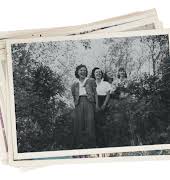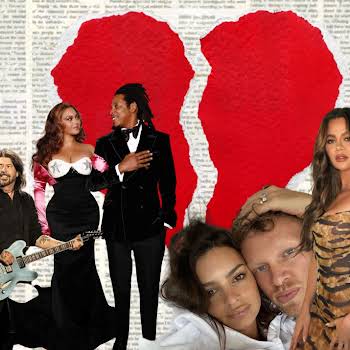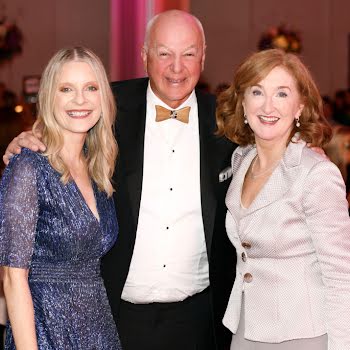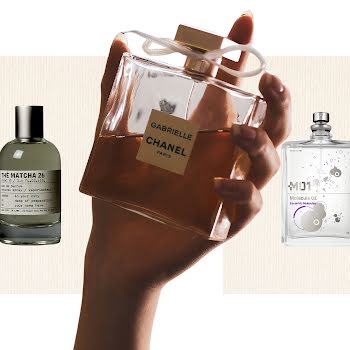What is an NFT and why is Kate Moss selling a video of herself sleeping?
By Sarah Finnan
24th May 2021
24th May 2021
Supermodel and 90s it-girl Kate Moss has ventured into the online art trading world by selling three videos of herself walking, driving, and sleeping.
I like to consider myself somewhat of a modern woman… but I had absolutely no idea what an NFT was until just today. Seriously, not a sausage. I did a bit of research though (so you don’t have to) and here’s what I’ve discovered.
Necessary disclaimer: I’m still not convinced I know what I’m talking about.
NF… what?
In simple terms, an NFT, an acronym for non-fungible token, is a collectable digital asset. It’s a cryptocurrency used to transform digital works of art and other collectables into one-of-a-kind, verifiable assets that can then be traded online. However, unlike other cryptocurrencies such as Bitcoin or Ethereum, NFTs are unique and can’t be exchanged like-for-like. Fungible means interchangeable. So, by that reasoning, non-fungible means non-interchangeable.
Why can’t they be exchanged?
Basically, NFTs store extra information – information that makes each one more valuable than pure currency. That information could be anything from music to art to GIFs, memes, or video… essentially anything unique that can be stored digitally and is considered to be of value. Like a certificate of authenticity, but in digital form.
As with other IRL artwork and the likes, the original is the most valuable and the price for which it goes is determined largely by public interest and demand. Many digital copies of the work may exist, but it’s the original NFT that the market is interested in. So saving the image/video/song from the internet may seem like you’ve outsmarted the system, but the copy you download won’t contain any of the important information that the original NFT file does – you’ll have the image/video/song/whatever it may be, but it won’t be worth anything as you won’t have the original coding to go along with it. This explains why NFTs make sense in the art world where verifying something as being an original has always been important.
Why am I even talking about NFTs?
Well, Kate Moss recently got into the market, so naturally, that’s when our interest was piqued. Uploading three videos of herself – “Walk with Kate”, “Sleep with Kate”, “Drive with Kate” – they offer bidders the chance to own intimate clips of the model doing normal everyday activities (i.e. walking, sleeping, and driving). Commenting on what inspired her to get into the online trading world, Moss said in a statement, “NFTs are interesting to me because it’s a new medium for art that I can participate in directly and be in control of my image.”
Which brings me to ownership.
Not the first to ponder the question of content ownership, it’s a topic that fellow model Emily Ratajkowski explored in an essay she penned for The Cut last year. Titled Buying Myself Back: When does a model own her own image?, the essay came about after Ratajkowski learned she was to be the subject of a new book of images – one containing unpublished polaroids taken of her at the start of her career and all without her prior knowledge or consent. An excerpt from the article reads, “I knew I had never signed anything; I had never agreed to anything. No one had asked me.” Those of you familiar with the piece will know that the book was published anyway. In fact, it sold out, with several reprints being made to meet demand. That same photographer even went on to publish two more books, all centred on unused images he had taken of Ratajkowski for “some arty magazine” that never made the cut.
You might question how this was allowed to happen but as she put it, “the problem with justice, or even the pursuit of justice, in the U.S. is that it costs. A lot.” Unable to meet the funds needed to demand her voice be heard, Ratajkowski had to sit back, powerless, and just watch it all play out.
That was September of last year, but such situations continue to happen. More recently, pertaining to actress Sharon Stone. Revealing that she never knew that that infamous Basic Instinct scene would turn out how it did, the clip will soon be dredged into the spotlight once again thanks to an XXX director’s cut of the movie to be released this summer. Writing about the incident in her memoir The Beauty of Living Twice, Stone told fans, “that was how I saw my vagina-shot for the first time, long after I’d been told, ‘we can’t see anything, I just need you to remove your panties as the white is reflecting the light, so we know you have panties on.’”
Knowing how director Paul Verhoeven originally got the shot is fairly shocking in and of itself, however, what’s more shocking still is that Stone has no way of stopping it from being part of the newly-restored version of the film. She too is powerless, with no say in what makes the final cut. No, she never gave permission for directors to film up her skirt in the first place, but it appears that that’s a minor detail in this instance (please sense the heavy sarcasm used here).
Back to Moss and the NFT though.
If at first, you thought, “hmm, maybe this is a little much”, then I’d be right there with you. Posting videos of yourself that already exist elsewhere on the internet and asking people to buy them seems outlandish. But factor in the above – women’s ongoing struggle for ownership of their bodies, the ever-present threat that you’ll be taken advantage of by money-hungry vultures looking to turn a profit, public backlash for decisions you were not even involved in making – and the fact that Kate intends on donating part of the proceeds from the sale of her NFTs to the mental health charity Gurls Talk, and you’ll probably come to a different conclusion. As did I.
Feature image @katemossagency























